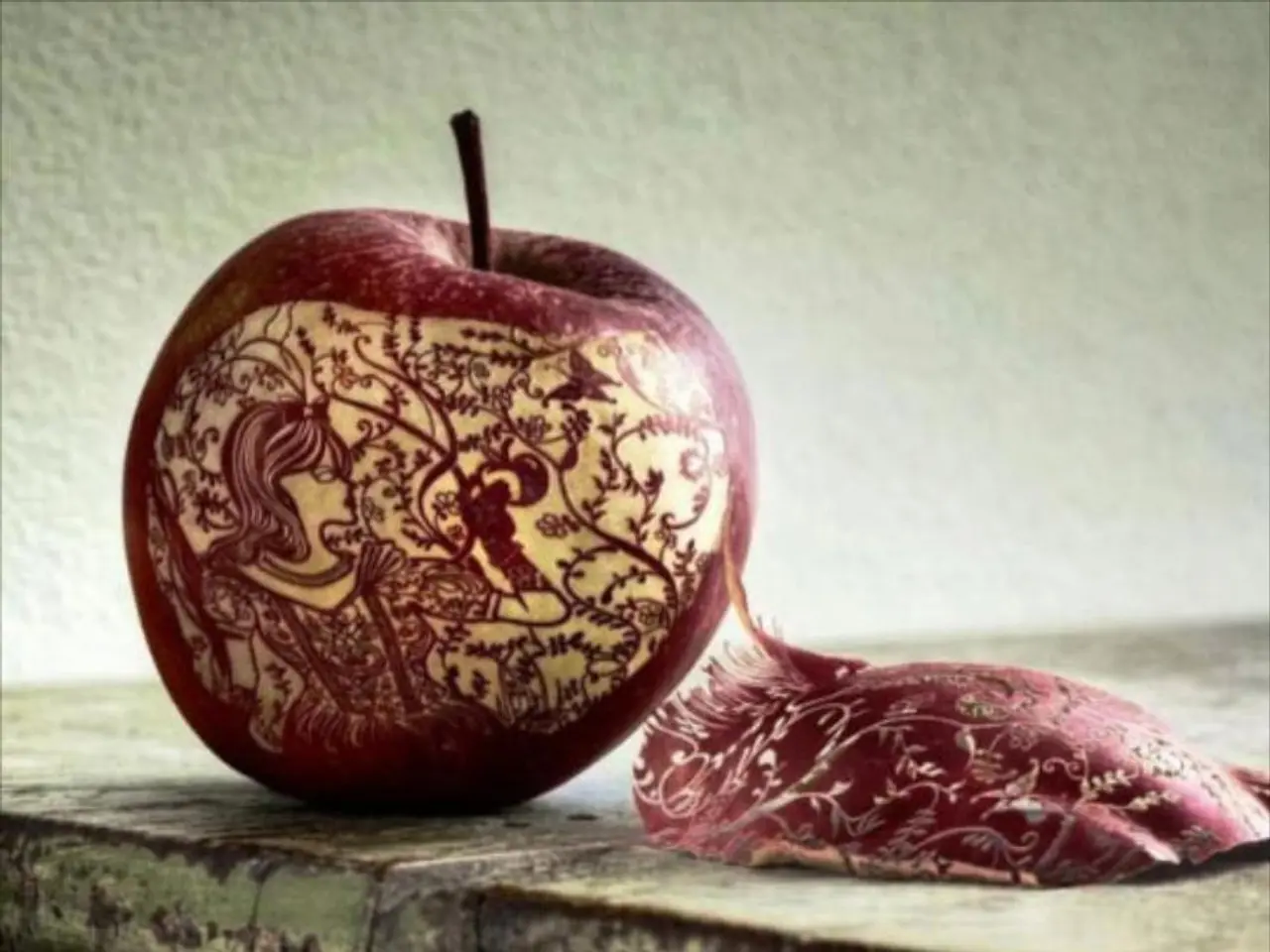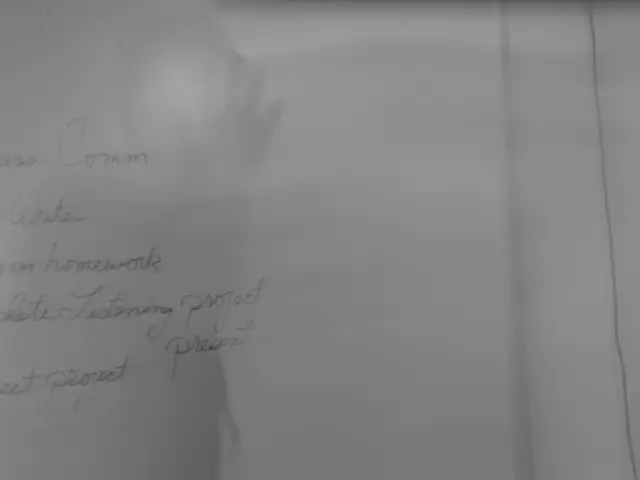Workshops on Distinctiveness: Strategies for Shining in User Experience Design
In the post-pandemic world, the digital media industry is rapidly evolving, and UX design job applicants need to adapt to meet the new demands. To stand out and secure a position, candidates must demonstrate a blend of key skills, software proficiency, and relevant experiences that cater to both user needs and technical design requirements.
### Essential Skills for UX Designers
1. User Research & Usability Testing: Conducting user research to understand user needs, pain points, and behaviours, and performing usability testing to gather feedback and improve designs is crucial. 2. Prototyping, Wireframing, User Flows, and Mockups: Creating low- to high-fidelity prototypes and wireframes to visualise and test product concepts before development is essential. 3. Visual Design & UI Skills: Strong visual communication, including typography, layout, and interface components that are intuitive and accessible for users, is key. 4. Problem-Solving and Critical Thinking: Identifying usability problems and designing solutions that enhance user satisfaction and business goals is a vital skill. 5. Collaboration and Communication: Working effectively with cross-functional teams and communicating design decisions clearly is essential. 6. Attention to Detail: Ensuring all design elements are aligned with user needs and business objectives without overlooking small but impactful details is important. 7. Agile Methodologies: Familiarity with Agile workflows to adapt rapidly to project changes and iterative feedback is necessary. 8. Basic Frontend Knowledge: Understanding HTML, CSS, and JavaScript basics can help UX designers communicate better with developers and create more feasible designs.
### Essential Software Proficiency
Candidates should be proficient in industry-standard design and prototyping tools such as Figma, Sketch, Adobe XD, InVision, and Axure. These tools facilitate wireframing, visual design, prototyping, and collaborative feedback processes.
### Valuable Experiences
Applicants should demonstrate user-centered design projects, cross-functional team collaboration, usability testing implementation, and a portfolio showcasing the end-to-end UX process. These experiences highlight the candidate's ability to conduct user research, translate findings into design solutions, work effectively with cross-functional teams, and communicate design decisions clearly.
With these key skills, software proficiency, and valuable experiences, UX design applicants can thrive and stand out in the competitive digital media landscape. The digital media and UX design industry is hiring at all levels, particularly in design, engineering, and product management. Building a strong portfolio, demonstrating clear communication, teamwork, and an awareness of leadership opportunities can help candidates excel in the job search and interview process.
- To excel in a UX design career, it's crucial to not only possess advanced skills in user research, prototyping, visual design, problem-solving, collaboration, attention to detail, and Agile methodologies but also to be proficient in industry-standard design tools like Figma, Sketch, Adobe XD, InVision, and Axure.
- Alongside key skills and software proficiency, gaining valuable experiences through user-centered design projects, cross-functional team collaboration, usability testing implementation, and a well-structured portfolio demonstrating the end-to-end UX process can help UX design applicants secure a competitive edge by showcasing their ability to apply education-and-self-development, and career-development concepts effectively in the post-pandemic digital media industry.




